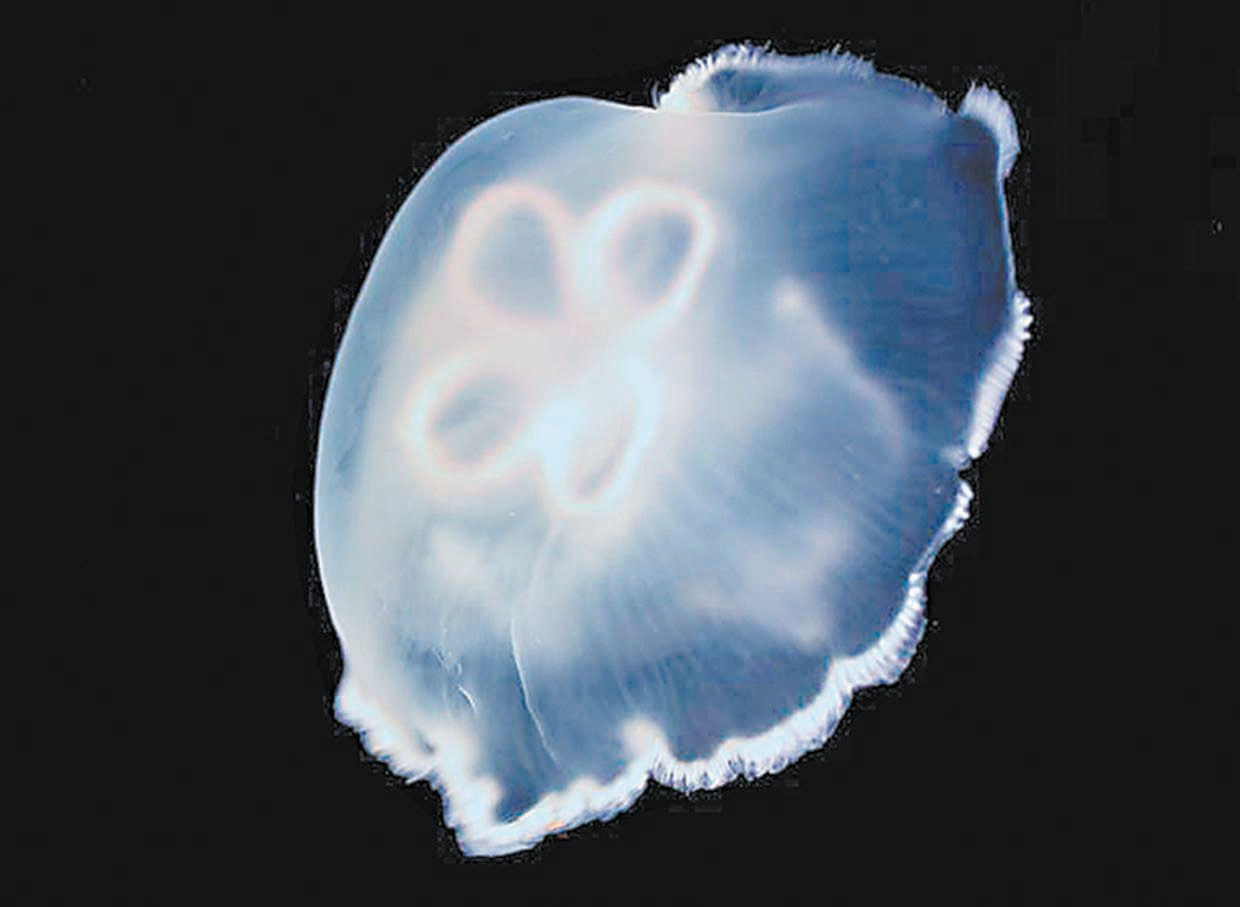CALENDAR
September 29, 2015
Cancelling card doesn’t erase your credit history
September 29, 2015Like the proverbial butterfly whose wing-beat can set off weather events an ocean away, the lowly jellyfish is being cited as having a potential for power greater than itself, by affecting the interaction between the sea and oil from spills.
The research, chronicled in the magazine Smithsonian, is the result of programs put in place following the BP spill in the Gulf of Mexico.
“Jellyfish push water in and out of their bells to propel themselves forward,” explains a statement issued through the Gulf of Mexico Research Initiative, a scientific network partially funded by BP after the Deepwater Horizon disaster. “Researchers are investigating if and how the small underwater waves and currents created by Jellyfish movements can help break up oil spilled in marine ecosystems.”
Additionally, the team of scientists working the jellyfish angle are examining mucus produced by jellyfish in response to stressors like oil in their environment, and how that mucus enhances the growth of oil-eating bacteria.
Smithsonian’s article featured the work of scientist Brad Gemmell. As a member of a consortium researching the Gulf, Gemmell and others are monitoring jellyfish movements and their effect on oil droplets in the ocean, as well as the effects of their mucus secretions on the oil-degrading bacteria.
The GOMRI grant that helps pay for the research was given to the consortium, called Dispersion Research on Oil: Physics and Plankton Studies. GOMRI has been promised overall funding for the next decade, to study the effect and the potential associated impact of hydrocarbon releases on the environment and public health.
The program is also tasked with developing improved oil spill mitigation, oil detection and remediation.
An independent, 20-member academic research board makes the funding and research direction decisions, a GOMRI statement says, to “ensure the intellectual quality, effectiveness and academic independence of the research.”
Part of the GOMRI mandate is that all research data, findings and related publications be made publicly available.
BP made an initial $500 million contribution to kick off the program.
Prior research on jellyfish and related creatures released last year showed that some adult species have higher tolerance for crude oil toxins. But that’s not necessarily good news.
“Some of the most toxic polycyclic aromatic hydrocarbons bioaccumulated in these zooplankton,” that study said, indicating that while they can serve as sentinels that tell us of crude oil spills “they provide a possible pathway for (toxins) to enter the marine food web and potentially be transferred up the food web.”
The new research shows that no matter their individual tolerance levels, jellyfish react to crude oil in such a way as to unwittingly aid efforts in combatting a spill, such as through their movements or their mucus secretion.
“Chemical dispersants require movement to properly react and break oil down into tiny droplets,” the Smithsonian article based on GemmeU’s research, written by Emily Frost, explains. “Waves at and below the surface and currents can do this work, slowly mixing the dispersant into the oil like mixing vinegar with olive oil. Plankton and jellyfish water cycling could aid in this mixing process – and under the right circumstances, they could make the use of dispersants unnecessary.”
Researchers are investigating if and how the small underwater waves and currents created by jellyfish movements can help break up oil spilled in marine ecosystems.
A jellyfish in the Gulf of Mexico is among those studied by scientists seeking to learn how the invertebrates interact with spilled oil. Their movements may help distribute dispersants and mucus they secrete could help oil-eating microbes.







